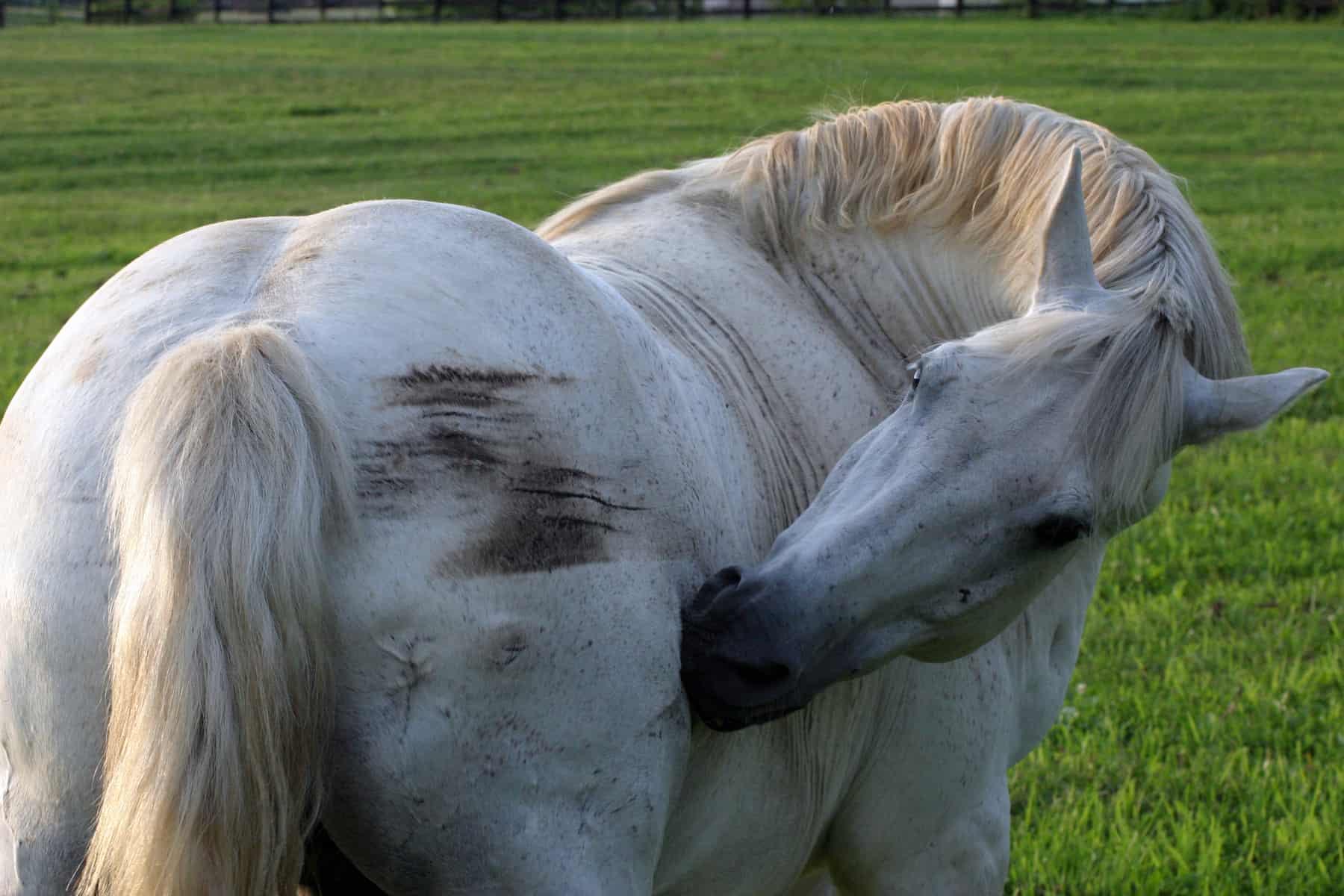Exploring Equine Seasonal Allergies
Allergies are common in horses. Here’s a look at how veterinarians and owners can identify the causes.
Share
ADVERTISEMENT

If you suspect your horse is suffering from allergies, take notes about everything he or she comes in contact with, from fly spray to bedding and everything in between, and make note of any reaction your horse has. | The Horse Staff
“Allergies are extremely common in horses,” said Katherine Williamson, DVM, a veterinarian with Purina Animal Nutrition. “It’s largely linked to management and their environment,”
Williamson discussed allergy testing and diagnosis at the 2017 Annual Mid-Atlantic Nutrition Conference, held April 6 in Hunt Valley, Maryland
Create a free account with TheHorse.com to view this content.
TheHorse.com is home to thousands of free articles about horse health care. In order to access some of our exclusive free content, you must be signed into TheHorse.com.
Start your free account today!
Already have an account?
and continue reading.
Share
Written by:
Nettie Liburt, MS, PhD, PAS
Nettie Liburt, MS, PhD, PAS, is an equine nutritionist based on Long Island, New York. She is a graduate of Rutgers University, where she studied equine exercise physiology and nutrition. Liburt is a member of the Equine Science Society.
Related Articles
Stay on top of the most recent Horse Health news with












